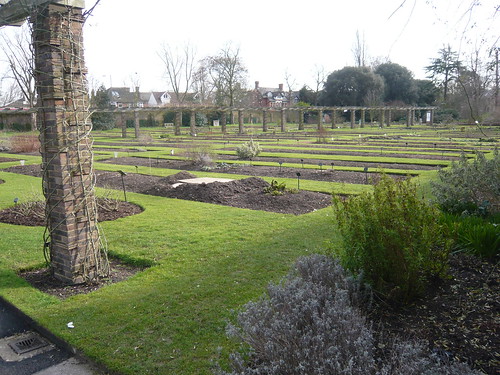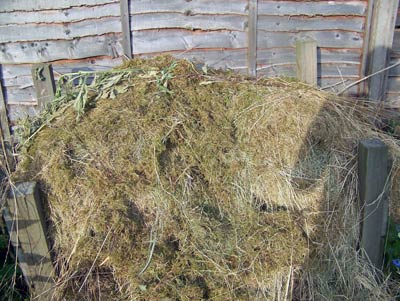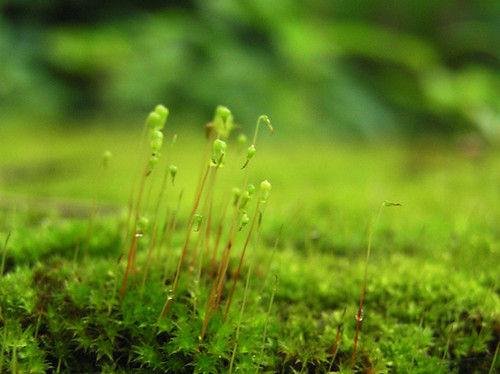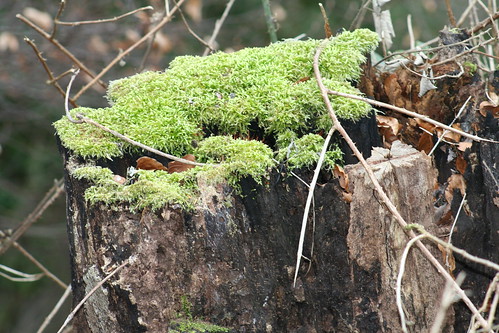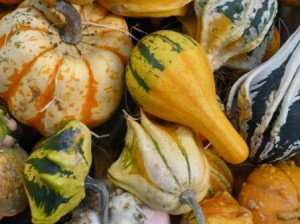
Biological warfare is both a modern and old fashioned method of control for garden pests. Encouraging natural predators is part of a gardeners armory to maintain an acceptable level of control but when infestation is bad call in bug busters. This is now available in the form of nematodes or biological controls that are introduced to feed on the actual pest or its larvae.
Slugs
One of the most disliked pests in the garden. There are 4 main species that gardeners love to hate the black slug, keel, field and the common garden slugs. The nematode Phasmarabditis hermaphrodita is applied from now through summer to seek out and enter the slug with a bacteria which causes the slug to stop feeding and die. Repeat applications may be needed every 6 weeks or so.
Ladybirds
The humble ladybird feeds on Aphids and is a great ecological control beating chemicals hands down. Both adults and larvae eat the aphids and as soon as you see an infestation you can introduce Ladybirds from a supplier via a tube full of the little darlings. Adults are not cheap but larvae can be supplied more economically however cheapest by far is to protect the ones you do have naturally in your garden.
Other Pest Controls
Vine Weevil or (vile weevil) eats its way through healthy roots and can destroy begonias in next to no time. A natural preditor is available called steinernema kraussei. Spidermites in a greenhouse will feed on tomatoes or strawberries spreading viruses. Phytoseiulus breed and eat spidermites but like all nematodes if there is no host food they tend to die out. White fly can be controlled by a parasitic wasp encarsia formosa which lays its eggs into the white fly pupae.
Gardeners Tips
- Having said all that I am personally unhappy treating one problem with an over supply of another creature. Some damage is inevitable and is to be tolerated. On key plants I may resort to other spray controls.
- Good clean well tended gardens tend to discourage pests and barriers like nets or fine mesh may be adequate.
- Traps, sticky tape or hand removal may be more appropriate.
- Best of all attract beneficial insects with safe habitats and a supply of nectar rich foods
Organic Pest Control
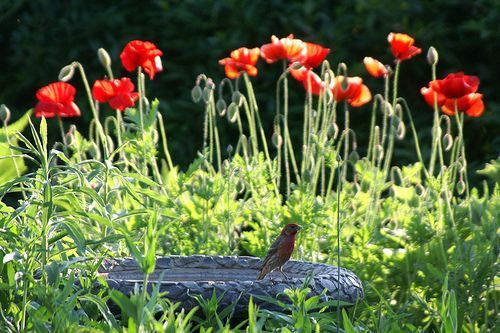
There is an increased interest in controlling pests such as slugs, aphids and caterpillers through natural organic methods. But, which are the most effective?
Hoverfly Pupae. Hoverfly are voracious eaters of aphids. A single hoverfly can eat several hundred aphids. As gardeners we can grow many companion plants which help to attract aphids – e.g. marigolds, poached egg plant. But, sometimes we need to help our hoverfly population get started. Companies can sell hoverfly pupae so that you can introduce them into your garden – and then let them do their best. Hoverfly Pupae at T&M
Beer Traps. You don’t need to buy any expensive equipment, just use an old plastic pot and some cheap beer (maybe landlord will let you have the excess spillage). Then use this beer for filling the plastic pots. Slugs will be attracted by the smell and drown themselves – the most humane method of killing!
Pond and Frogs
Another excellent natural predator of the slug is the common garden frog. If you build a pond then you should be able to attract frogs. Frogs can eat many slugs during the night and save you a lot of slug pellets. A cheap and environmentally friendly way to keep your slugs down
Birds
Birds such as blue tits and Thrushes can much their way through many garden pests such as slugs. Leave water and food to attract the birds into your garden.
Nemotodes for Caterpillars and Slugs
Caterpillars can destroy cabbages and certain plants. If you are lucky you will have an army of birds to eat them. But, this is usually insufficient. However, it is possible to get some nemotodes which when watered into your lawn at the right time will seek out and organically kill the caterpillars. Nemotodes for Caterpillars and Slugs
Related
For more on Ladybirds
…
Read More Read More
